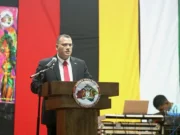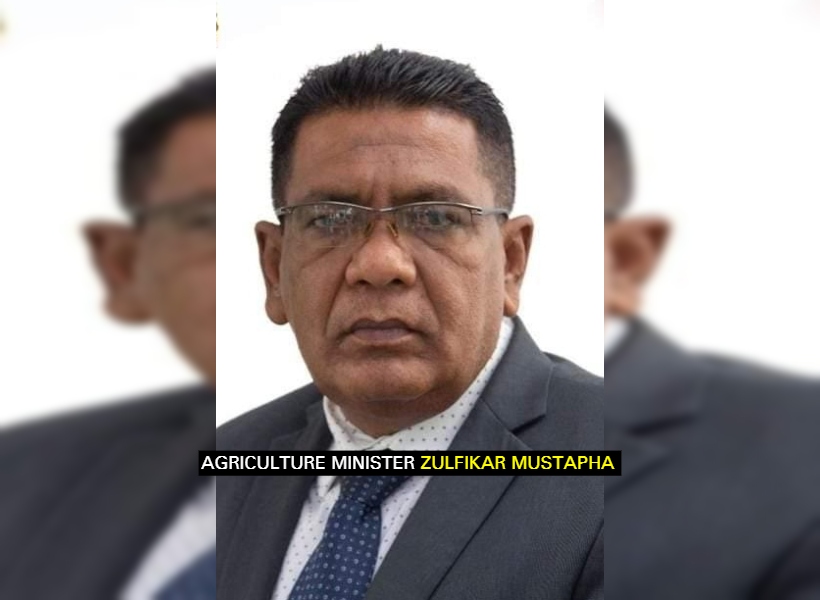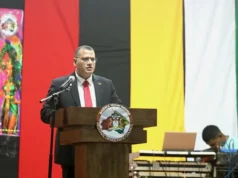The Government of Japan has made approximately US$1 million available to boost Guyana’s National Flood Early Warning System. This was disclosed by Agriculture Minister Zulfikar Mustapha earlier today during a virtual handing-over exercise.
While offering the keynote address, Minister Mustapha noted that the recent flooding which has been declared as a national disaster has highlighted the need for a well-developed and operational National Flood Early Warning System.
“The handing over of this National Flood Early Warning System comes as a critical point for Guyana. The recent flooding which has been declared as a national disaster has highlighted the need for a well-developed and operational National Flood Early Warning System. Such a System would provide opportunities for climate change adaptation and resilience benefits while at the same time improving disaster preparedness, and reducing the costs associated with response/relief and reconstruction,” Minister Mustapha said.
He further stated that Guyana is currently experiencing the worst flood on record, in terms of scale and that recovering from this event will no doubt require Government and the Ministry of Agriculture to redirect resources to address the challenges posed by the current situation, affecting planned interventions. Furthermore, Minister Mustapha said that the development of a National Early Warning System is imperative to Guyana’s development.
“It is in this context that the development of a National Flood Early Warning System becomes extremely relevant to the development of Guyana. Early warning systems are an important component of a country’s disaster risk management strategy. Going beyond flood forecasting – which assesses flood risks, flood early warning systems, allows authorities (in this case the Hydromet Service) to issue warnings when a flood is imminent or already occurring,” Minister Mustapha said.
Guyana experiences an annual and or bi-annual cycle of flooding driven primarily by the May/June rains or in the secondary rainfall season at the end of the year either in the Coastal Regions or in the hinterland.
This multifunctional system is expected to improve community preparedness for extreme weather events such as the floods currently being experienced across the country, in terms of both warning and increasing understanding of the risks associated with the events, and the appropriate flood responses that have to be implemented.
Furthermore, Minster Mustapha emphasized that to develop a full-fledged Flood Early Warning System, significant human, technical and capital investments are required. The Minister said therefore that one should understand that today’s handing over does not represent the development and launch of a full-fledge Flood Early Warning System for every corner of Guyana.
He said, “While the current system still requires much more work beyond what has already been achieved, we believe that it sets a strong foundation upon which a comprehensive system can be built.”
The Minister said that this system, when coupled with the current work being done under the Climate Risk and Early Warning System (CREWS) initiative for the development of a national Multi-Hazard Early Warning System (MHEWS), will significantly advance Guyana’s climate resilience.











